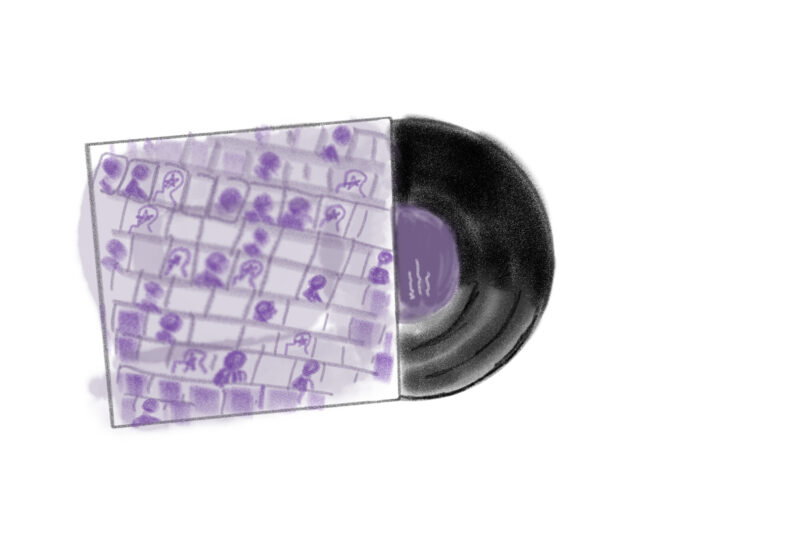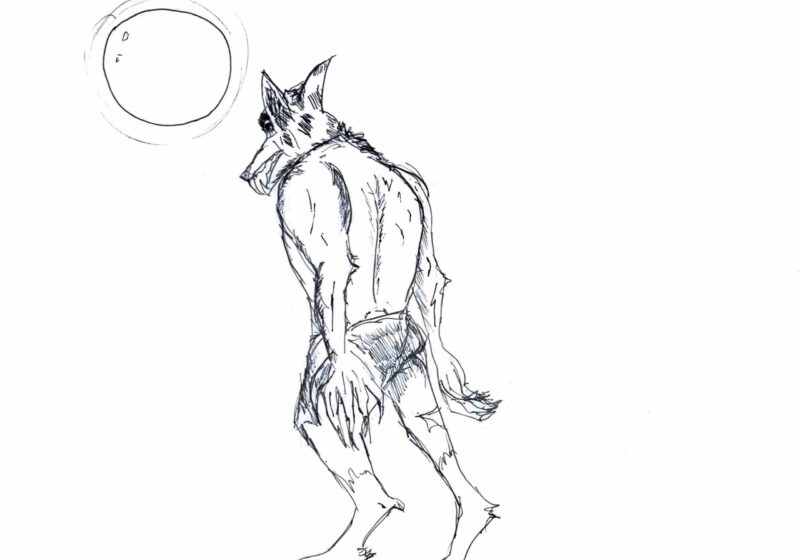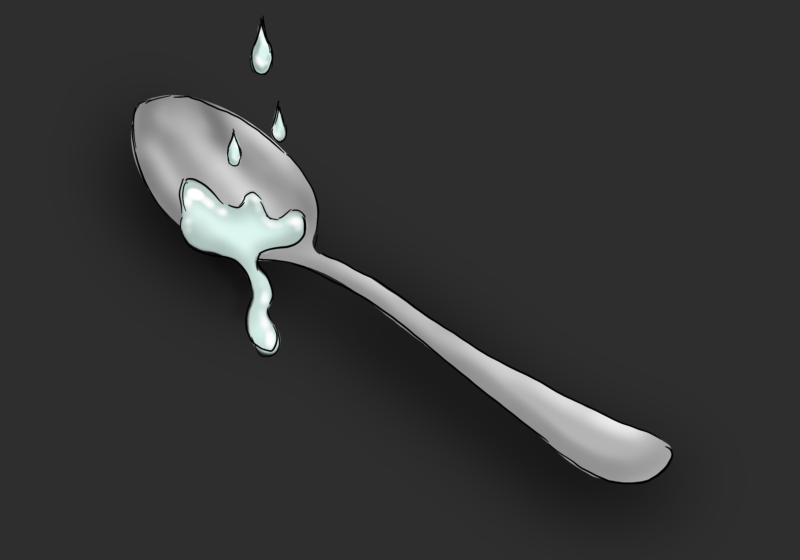Graduation gowns seem so simple unless you pay attention. There are a multitude of colors and styles, each one with traditional meaning.
The various gowns are decided by the level of the degree that the wearer has achieved.
The bachelor’s degree is the simplest gown. It is intended to be worn closed, is black – as all the gowns are except those of trustees and the president of a school, who may wear gowns in the school’s institutional colors – and has pointed sleeves.
The master’s degree is indicated by an oblong sleeve, open at the wrist, which can be worn either open or closed.
The highest level of academic achievement, the doctorate, is marked by broad velvet panels down the front of the gown, accompanied by three velvet bars on each arm, which are open and round. The doctorate allows allows the conferee to wear a velvet beret with a gold or bullion tassel.
Color matters with the academic heraldry as well. Different colors of tassel and trim on the hood signify the various fields of learning in which a person can obtain a degree.
Arts, letters and humanities use white.
Accounting, business and commerce is signified by drab.
Economics uses copper.
Education is represented by light blue.
Engineering utilizes orange.
Fine arts – including architecture – is brown.
Journalism is marked by crimson.
Music uses pink as its traditional color.
Nursing uses apricot.
Public administration – including foreign affairs – takes peacock blue.
Science is indicated by golden yellow.
Social sciences use cream.
And social work carries citron.
So now, when you see your biology professor wearing a pink lining, you’ll know something is up and can ask to check his credentials.




